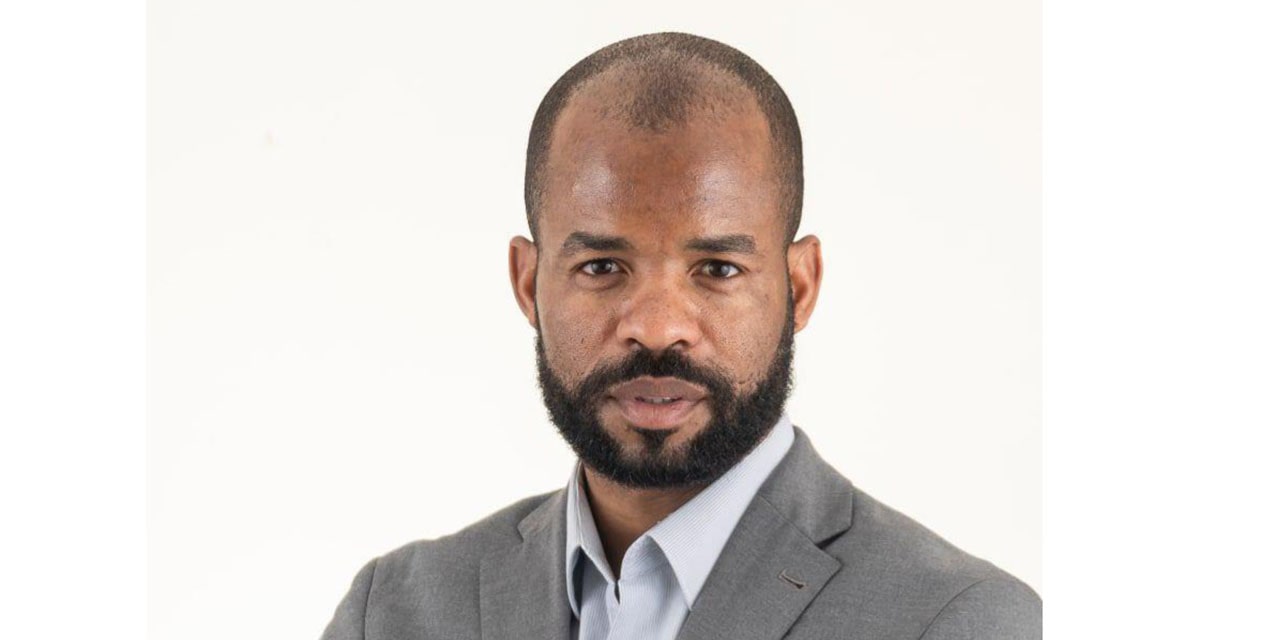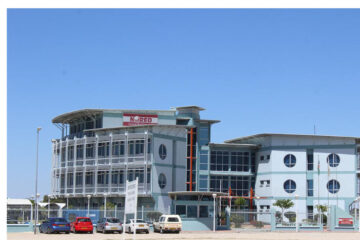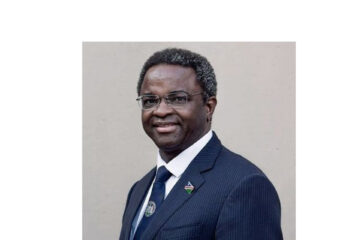CHAMWE KAIRA
Telecom Namibia which is marking 30 years in business this year plans to invest over N$2.3 billion in the next five plus years to modernize its national network both fixed and mobile, starting from its national backbone to the core network and the access technologies, chief executive officer, Stanley Shanapinda revealed in an interview.
Shanapinda said the first investment of about US$5 million has been invested in the co-landing of the Google Equiano submarine cable, in partnership with the private company Paratus, also allowing
for the sharing of infrastructure as envisaged under HPPII.
The Equiano cable landed in Swakopmund on 1 July 2022 and will provide the company with the projected capacity of 4Tbps (4,000Gbps).
He said Telecom Namibia will continue to improve on mobile data adoption rates, via its subsidiary Powercom. In 2021/22, the company deployed new and upgraded 3G and 4G mobile sites in rural and urban areas alike.
“The next part of our Capex plan is to accelerate the roll out of fibre to pass and connect thousands of homes, thereby improving the coverage of our existing 10,676 km (65.2% of the national coverage) national fibre backbone. We aim to connect more homes and businesses, with packages that start at 4Mbps and up to 50Mbps. The packages can even go up to 300 Mbps,” Shanapinda said.
He revealed that Telecom Namibia has adopted network modernisation and digital infrastructure investment as a key strategic objective in its current Integrated Strategic Business and Funding Plans and Beyond (ISBP 2023).
“Under our ‘ISBP 2023 Beyond’ plan, we are embarking on a digital transformation journey that will help enable Namibia’s Vision 2030, 4IR, NDP 5, HPPII national goals. The Google Equiano Cable will become a critical element in meeting Namibia’s current and future international connectivity demands, as the cable incorporates new technology that enables approximately 20 times more network capacity than the WACCS cable.”
Shanapinda said the cable will ensure redundancy for Telecom Namibia and offers an alternative when other routes may be impaired.
“The volume of information moving around the world has grown exponentially and thus, the cable will further strengthen and enhance the backbone of modern communications in Namibia.”
Shanapinda said ultra-high-capacity cable will assist Namibia and the region in meeting its current and future broadband capacity requirements, bolster redundancy, as well as assist carriers in providing affordable services to Namibians.
“This is in line with our long-term goal of effectively addressing the digital transformation being witnessed in Namibia and the region. PowerCom’s mandate is to serve as an ICT infrastructure and equipment provider. Since 2013, the company has predominantly focused on building towers to enable service providers and operators to lease space on the towers and provide network coverage and services to their respective clients. MTC is a Mobile Telecommunication Provider that utilizes PowerCom infrastructure to ensure service provision.”
Commenting on its mobile provider, PowerCom, Shanapinda said the company has predominantly focused on building towers to enable service providers and operators to lease space on the towers and provide network coverage and services to their respective clients.
Telecom Namibia’s Milestones:
1995 – The Windhoek Satellite Earth Station is commissioned, reducing Namibia’s heavy reliance on South Africa for its communications services with the rest of the world.
1991 – Telecom Namibia becomes a member in the international SAT-3 submarine cable system with no landing point.
2004- Telecom Namibia launches own Internet Service Provider (ISP), iWay
2011 – Telecom Namibia successfully lands the West Africa Cable System (WACS) at Swakopmund. The Communications Regulatory Authority of Namibia (CRAN) grants
Telecom Namibia a service neutral license.
Telecom Namibia enters into an agreement with Jasco/NewTelco to establish a total of four international Points of Presence (PoPs) connected into the WACS undersea cable in Cape
Town, Johannesburg, Frankfurt and London.
2013 -Telecom Namibia launches mobile services under the name “TN Mobile”
2018 – As part of its strategy to improve the customer experience, Telecom Namibia implements its customer touchpoint improvement program by revamping its national network of 34 shops. This sees the launch of the first redesigned shop at the Grove Mall in June 2018. The Teleshops allow customers to interact, apply for services, solicit information on status of services, obtain product and service information and experience fixed and mobile products in-house.
2022- 2022 – Telecom Namibia co-landed the Equiano (Google) submarine cable in Swakopmund. The cable will provide communications diversity due to its increased capacity, and this will have a direct impact on connectivity with faster internet speeds, more flexibility in the market and an improved user experience. Google Equiano Cable shore landing is a major step in the development of our national telecommunications infrastructure in preparation for 4IR.




